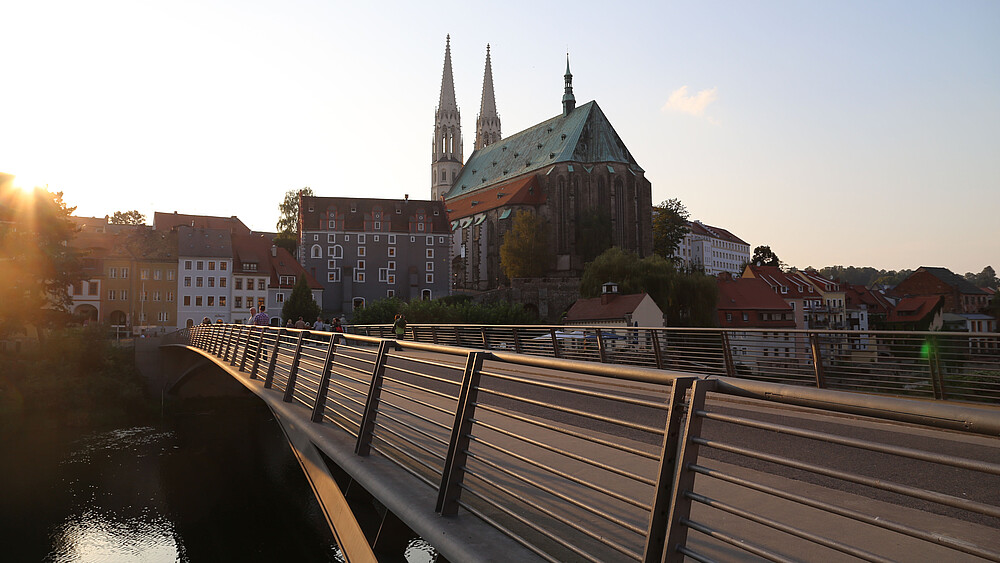University lecture series dedicated to the supposedly new symbolic borders between East and West.

In the 2018 summer semester, the lecture series* will focus on the East-Central European region and its border (transgressions) in recent centuries.
The occasion is the supposedly new symbolic borders between East and West, which followed the demolished old political and militarized borders of the post-war order ("Iron Curtain"). The idea of 1989/90 and 2004 (when the first eight Central and Eastern European countries joined the EU) that an era of unbroken European integration and a continent that is constantly growing together is now beginning seems to have proven problematic, at least since 2008/2009 and even more so since the summer of 2015. Or is this simple narrative about very old divisions, old walls and their apparent overcoming after 1989 and 2004 not true at all?
The lecture series will address this complex of problems in a total of eight readings and ask: Which borders and border crossings in the past and present can be observed between and within Eastern and Western Europe? What forms and modes of mutual perception, influence and negotiation were developed? What were the reasons for drawing borders, how (im)permeable were they and how and why were they suspended, undermined or new borders established? Which transfers and learning processes between East and West took place and are being realized today - not least in concrete regional/local projects? Which approaches were successful, which were not? What future spaces are opening up today and in the foreseeable future?
Beyond this fundamental problem horizon, the lecture series deals with the concrete regional dimension. The Zittau/Görlitz University of Applied Sciences is located in a centuries-old border region - in the border triangle between Germany (Saxony/Prussia), Poland and the Czech Republic (Bohemia). For the university and the region of Upper Lusatia, this raises special questions about borders and border crossings in the past, present and future, which will be the subject of a number of lectures.
The speakers from Germany, Poland and the Czech Republic will address the issues of borders and border demarcations between East and West from a historiographical, geographical and spatial science as well as social and cultural science perspective. One lecture will deliberately cross this (socio-geographical) border. Mr. Steffens (TU Dresden) will change the perspective and question the significance of borders for (pedagogical) inclusion processes.
The first lecture series will take place on April 5 from 16:15-17:45 in lecture hall 1.01 in the GI building (Blue Box). It is dedicated to the topic "Intersubjectivity, border and alterity.Social relations in interaction with culture and society." The lecture will be held by Dipl.-Paed. Jan Steffens (TU Dresden, Institute of Educational Sciences).
An overview of all lectures can be found in the program or in the HSZG calendar of events.
* Organized as part of the East-West College, which is supported by the Zittau/Görlitz University of Applied Sciences and the Institute for Cultural Infrastructures Saxony, IKS.